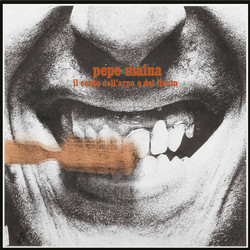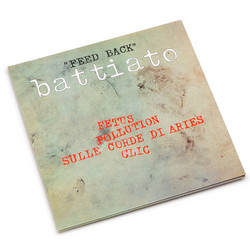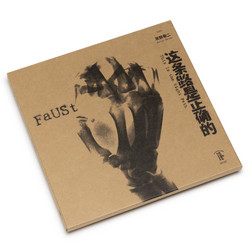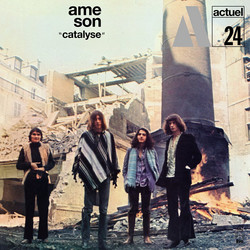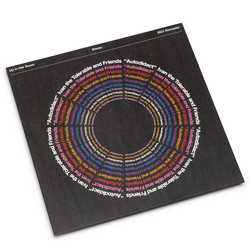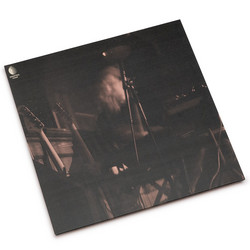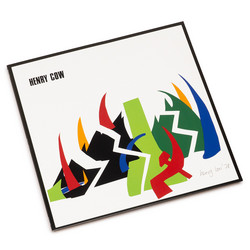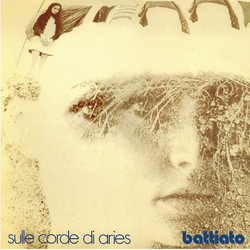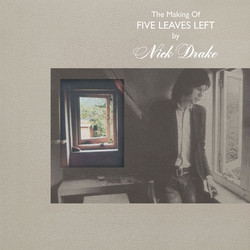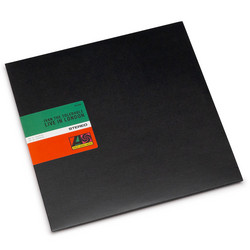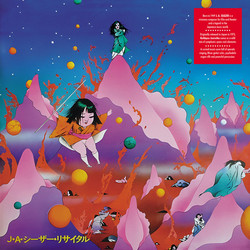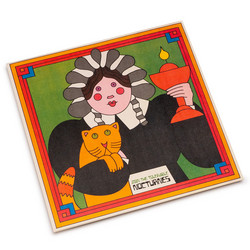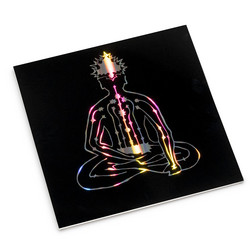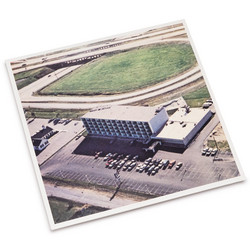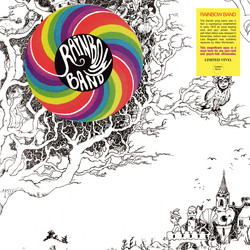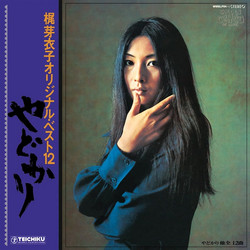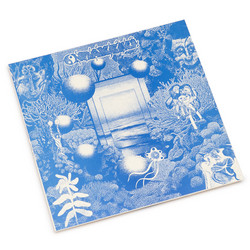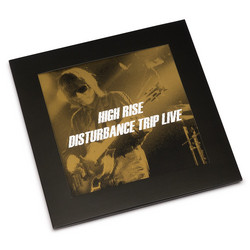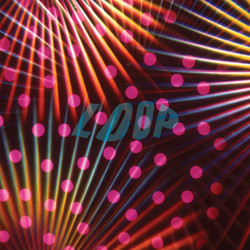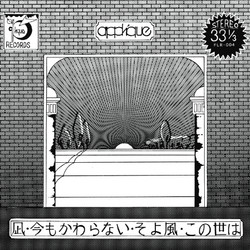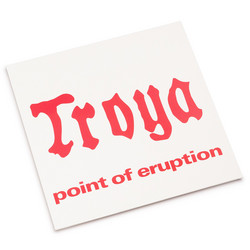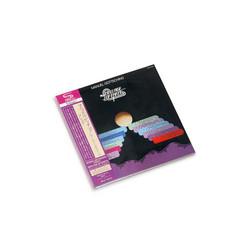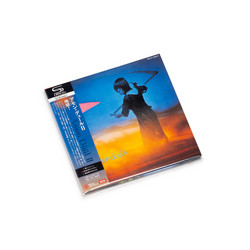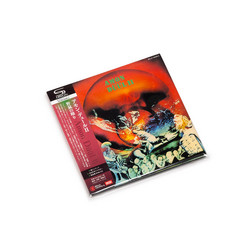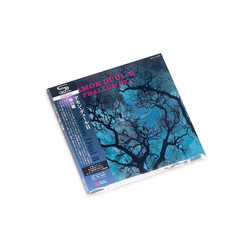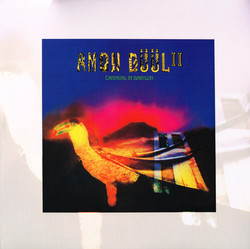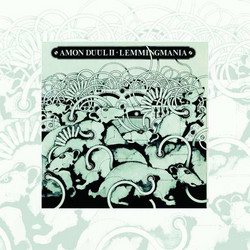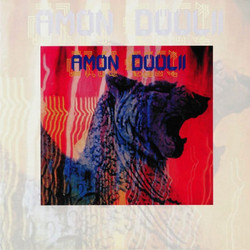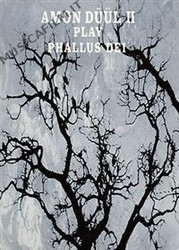Amon Düül's 1969 debut-LP 'Psychedelic Underground', here reissued on vinyl, is music at its most experimental and relentlessly uncommercial, using late '60s influences as a launching ground for what would become known as Krautrock. Taken from a jam session from the previous year, but treated with many studio effects that enhance the strangeness of the collection, 'Psychedelic Underground' rocks to its own weird beat. Amon (from the Egyptian sun god) Düül (a German-Turkish derivative of Moon) were a 60s student hippy commune based in Munich, in what was then West Germany. Among their various expressions of free living they occasionally performed rudimentary music where anything went, and being at all proficient was more of a hindrance than a way in to one of their performances, which were mainly for their own amusement anyway. Guitarist and violinist Chris Karrer, frustrated at the lack of direction, along with John Weinzierl (guitars) Falk Rogner (organ), Dieter Serfas (drums) and Renate Knaup (vocals) broke away to form a more focussed musical unit, adding the suffix “II” to the commune name possibly to maintain their links with the ideology that also gave birth to the notorious Red Army Faction. Four albums worth of material recorded by the original Amon Düül in one long session in 1968 were later released by Metronome on the back of II’s success, and all I can say about them is avoid like the plague. They did make one “proper” album, Paradisewärts Düül, which is ok, but really only for the Krautrock aficionado. So, what we have here is no ordinary rock’n’roll band, and you also have to remember that the nascent German underground music scene did not start from a launching pad of American blues as did their counterparts across The Channel and further across the Atlantic ocean. This meant that the music of Amon Düül II did not sound like anything that had gone before, and along with compatriots Can with their Monster Movie album can be said to have created Krautrock from…well nothing at all really, a sort of Deutsch musikalischer Urknall if you will. From the opening slow march of Kanaan one is transported back to the heady idealistic days of ultra-leftist politics, free psychedelics, and even freer music. If there is an olfactory form of synesthesia then to a sufferer this record must reek of pots of simmering psilocybin. Chris Karrer’s cod-operatic falsetto intones the first lines of the poem Dem Guten Schönen Wahren (To The True, The Beautiful, The Good) over eerie organ, guitars and violin backing. The production is sludgy and righteous as the song descends to an outer ring of Hell while Chris whoops and hollers as the Shaman-with-mad-eyes. Dominating the music is the dual drum line up, where, along with Dieter’s conventional kit and electric cymbals, Holger Trülzsch is pounding away at Turkish hand drums. This gives proceedings a distinctly tribal feel, as the guitar and violin are used primarily (and primitively it has to be said) in a rhythmic capacity. Luzifer’s Ghilom introduces Renate Knaup’s ethereal backing vocals, swooping around like a mythical bird of prey while Chris intones gibberish words like he means it baby. This is a Germanic mini-operetta featuring naked painted bodies shuffling in stoned ritual around and around a huge burning fire, where perhaps a sacrifice was made, who knows? Henriette Krötenschwanz rounds off side one with two minutes of Teutonic folk song with a military backbeat. Strangely strange but oddly normal. You cannot imagine a modern mainstream record label letting one of its bands release an album called God’s Penis can you? Such was the artistic freedom allowed at the end of the 60s however, that Liberty execs were probably patting themselves on the back for being well hip cats. Phallus Dei sprawls all over side two of this chunk of parallel universe space-rock like a louche b-movie actor strung out on a massive LSD trip. Partly structured, partly insane this is the sound that you are not supposed to hear, a bit like seeing that tree that was supposedly unobserved fall over in the forest. It makes a nonsense of whatever you may have heard up to that point on a rock’n’roll record. Remember this is 1969, and twenty minute wigouts, although nothing new, were never this strung out. The closest I can conjure up is Hendrix experimenting on side three of Electric Ladyland. Well, imagine that but with a budget of not much more than zero, and relying on atmospherics rather than studio trickery and guitar wizardry to achieve its equally awesome ends. The thing meanders along in a furious stupor until halfway through a declamatory and slightly off tune violin section over a tramping beat morphs into a country hoedown on baaad drugs before the massed percussion takes us back around ye olde campfire where more hallucinogenics are greedily gobbled up as crazed whoops and desperate yodels from the naked and writhing massed altered-state beings take us down down to the next level. A joyous pagan knees-up follows as things get real wild. We are then told that “the seraphim cries out, he broke his magic stick, oh I’m getting sick”. Hardly surprising really, and the comedown will be long and blissful. Amon Düül II would never make another record quite as unhinged as this glorious piece of chemically fuelled madness, and although I dig their other work this remains my favourite LP of the band. If you’ve never heard this before, go to Grooveshark or somesuch, try to forget all your preconceptions, leave your post-modern cynicism at the check-in and put yourself in the almost charming but still frightening frame of mind that gave forth this record and enjoy. Or, as Krautrock fan Timothy Leary would say, “Turn on, tune in, drop out”. (Prog-sphere)
